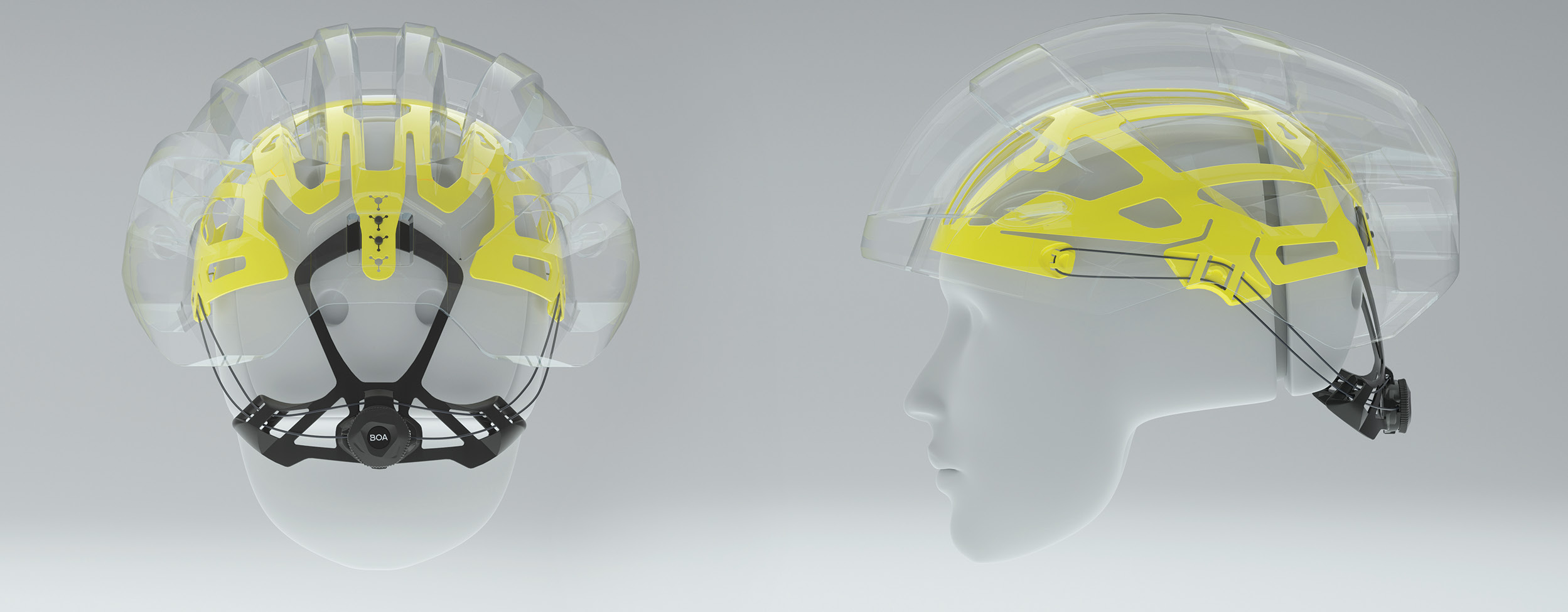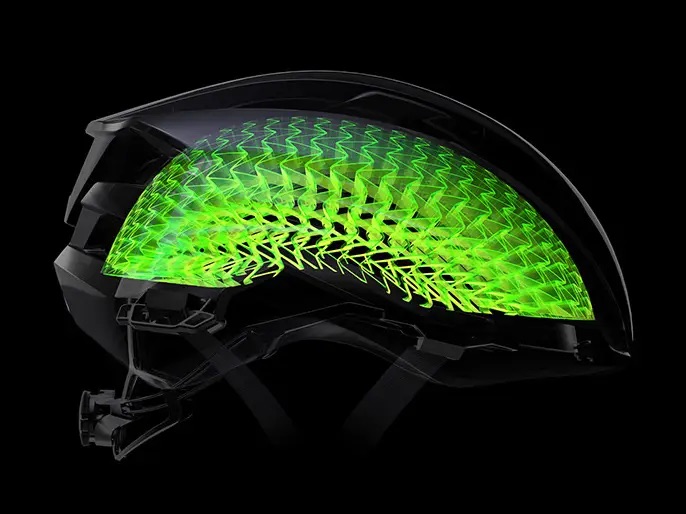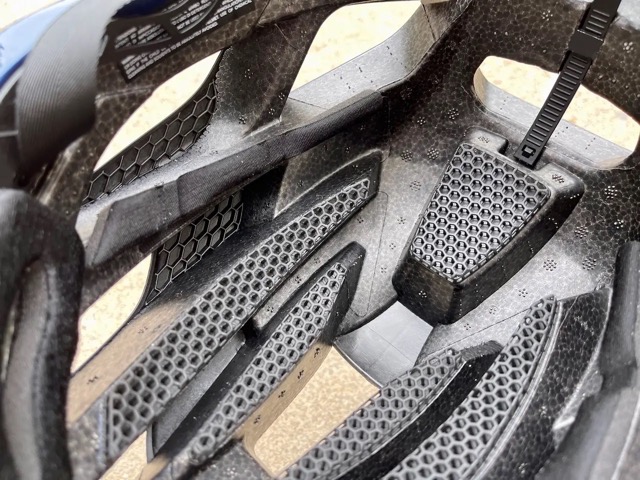KASK have just released their latest helmet, the Elemento, which you’ll see strapped to multiple pros this summer, not least Team INEOS (buy here). The packaging and marketing for the Elemento has “WG11” boldly labelled in red over it, but what does that actually mean? You may also have seen MIPS, WaveCel and KinetiCore on other brands of helmets like Bontrager and Giro. What’s the difference? What’s best? What does it all mean??
When it comes to choosing a bike helmet, there are a number of factors to consider, including fit, style, and price. But one of the most important factors is safety, after all, that’s why you’re wearing one! In recent years, there has been a growing focus on rotational impact protection in bike helmets. This is because rotational impacts can cause serious brain injuries, even when the helmet does not crack or break. Most accidents happen at speed, with the point of impact being at an angle, not linear. Cue the acronyms / names above. They all relate to protection from rotational impact. But what’s the difference between them?
MIPS stands for Multi-directional Impact Protection System. It is a technology that is designed to reduce the risk of brain injury in the event of a helmet impact. Helmets incorporating the MIPS system have a low-friction layer that sits between the helmet shell and the liner. This layer allows the helmet to move slightly (10-15mm) on the head during an impact, which helps to reduce the amount of rotational force that is transferred to the brain.

WaveCel (developed by and used in Bontrager helmets) is a cellular structure that sits between the helmet shell and the liner. It is made of a material that is designed to crumple and deform on impact. This crumple zone absorbs the energy of the impact, which helps to reduce the amount of force that is transferred to the brain.

WG11 is actually a rotational impact test, adopted by KASK, and used to test and approve their own helmets against a pass-fail criterion. Kask’s rotational impact system is actually called Multipod. Utilising 3D printing, Multipod is an isotropic material that allows better management of rotational impact energy and increases ventilation. It behaves in the same way when a force is applied to it from any direction and it can reduce the shear stress between the head and the inside of the helmet.

There is actually no definitive answer to the question of which system is better. All have been shown to be effective in reducing rotational impact. Choosing between helmets that incorporate one of these systems then comes down to fit, comfort, price and aesthetic preference. The important thing, though, is that you’re wearing a safety device that maximises your chances of emerging from an accident unscathed. Yes, these systems may be more expensive, but in the grand scheme of things it’s a rounding error. After all, you can’t put a price on your health!
CLICK HERE to view our full range of helmets for sale.